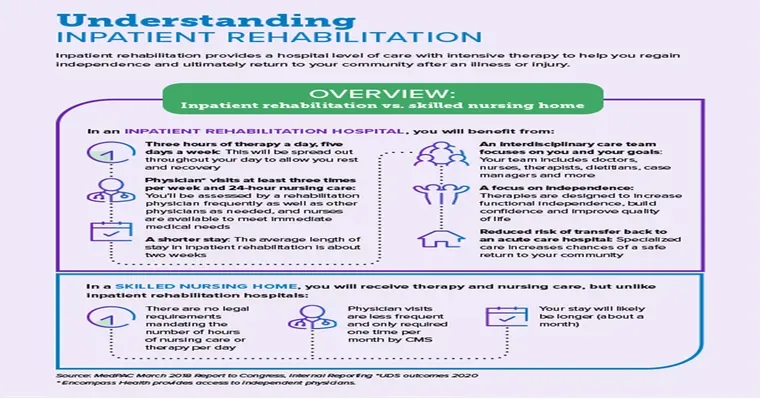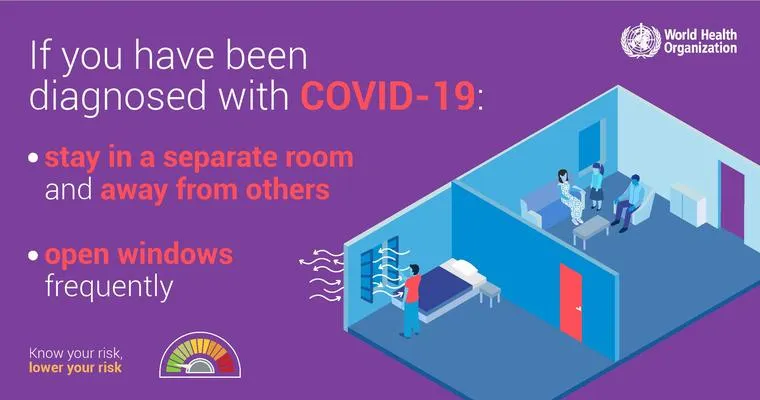In today's world, the demand for "skilled nursing" and "physical therapy" services is on the rise, especially as more individuals seek to receive care in the comfort of their own homes. The question of whether these services can be effectively brought into the home setting, while remaining "financially feasible", is a topic of great importance for patients, families, and healthcare providers alike. This article explores the possibilities and challenges associated with providing skilled nursing and physical therapy at home.
The primary advantage of bringing skilled nursing and physical therapy into the home is the "personalized care" that patients receive. In-home services allow healthcare professionals to tailor their approach based on individual needs and circumstances. This level of customization can lead to better patient outcomes, as caregivers can monitor progress more closely and adjust treatment plans as necessary. Moreover, patients often feel more comfortable and relaxed in their own environment, which can enhance the effectiveness of therapies.
Financial feasibility is a significant consideration when discussing in-home skilled nursing and physical therapy. While traditional rehabilitation facilities may offer a wide range of services, the costs associated with them can be substantial. In contrast, home-based care may present a more affordable option for many families. However, it is essential to assess the costs involved, including the fees for nursing and therapy services, equipment needed, and potential insurance coverage.
Insurance policies vary widely, and some may cover in-home skilled nursing and physical therapy services, while others may not. It is vital for patients and their families to check with their insurance providers to understand coverage options and any out-of-pocket expenses they may face. Additionally, government programs such as Medicare and Medicaid may offer support for home health services, making it more accessible for those who qualify.
Another important factor is the availability of qualified professionals willing to provide care in a home setting. As the demand for skilled nursing and physical therapy increases, there is a growing need for trained professionals who can deliver high-quality care in the community. Efforts to recruit and retain healthcare workers in this field are essential to ensure that patients have access to the services they require.
Technology also plays a crucial role in facilitating in-home care. Telehealth services are becoming increasingly popular, allowing therapists and nurses to conduct virtual sessions, monitor patient progress remotely, and provide guidance to caregivers. This can help reduce costs while maintaining a high standard of care. In addition, advancements in medical equipment and assistive devices can aid in the delivery of effective therapy at home, making it a viable option for many patients.
In conclusion, the question of whether skilled nursing and physical therapy can be brought into the home setting, if financially feasible, is one that merits attention. With the benefits of personalized care, potential cost savings, and advancements in technology, in-home services could transform the way patients receive treatment. However, careful consideration of financial factors, insurance coverage, and the availability of qualified professionals is necessary to ensure a successful transition to home-based care. As the healthcare landscape continues to evolve, it is crucial for patients and families to explore all available options for receiving the care they need in the comfort of their own homes.





